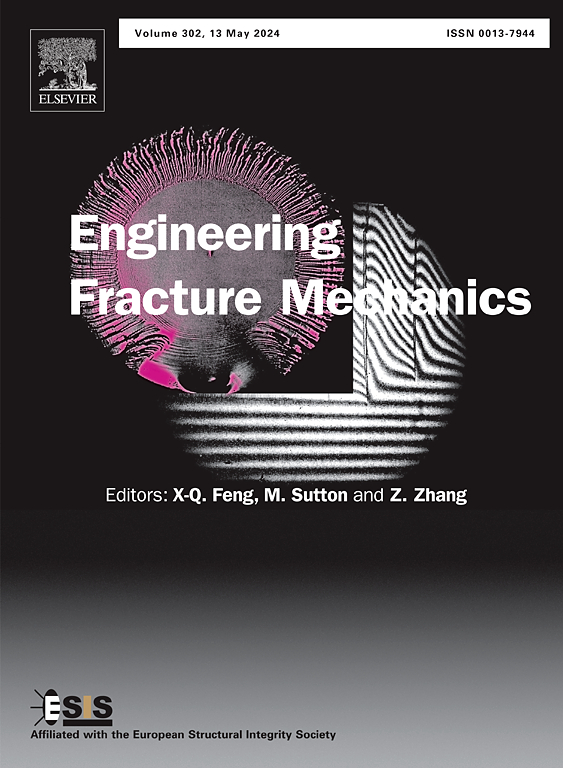Fatigue life prediction of selective laser melted titanium alloy based on a machine learning approach
IF 4.7
2区 工程技术
Q1 MECHANICS
引用次数: 0
Abstract
A machine learning (ML) approach is introduced to predict the high-cycle fatigue (HCF) life of selective laser melted (SLM) TA15 titanium alloy, addressing life prediction variability caused by defect characteristics and spatial distribution. Using HCF data, tensile properties, and defect characteristics across different building directions (BD), a training dataset was established. Comparative analysis shows that incorporating defect parameters significantly enhances the prediction accuracy of the ML model. Correlation analysis identified Adefect/h as highly relevant to fatigue life, enabling a refined training dataset. Incorporating this defect parameter significantly improved the ML model’s prediction accuracy. The S-N curve generated from predictions using defect values at 50 % reliability appeared relatively conservative compared to the experimental S-N median curve. The S-N curve at ± 3σ reliability closely aligned with experimental results, encompassing nearly all data points. This highlights the potential of the ML approach in predicting fatigue life for SLM titanium alloys.
求助全文
约1分钟内获得全文
求助全文
来源期刊
CiteScore
8.70
自引率
13.00%
发文量
606
审稿时长
74 days
期刊介绍:
EFM covers a broad range of topics in fracture mechanics to be of interest and use to both researchers and practitioners. Contributions are welcome which address the fracture behavior of conventional engineering material systems as well as newly emerging material systems. Contributions on developments in the areas of mechanics and materials science strongly related to fracture mechanics are also welcome. Papers on fatigue are welcome if they treat the fatigue process using the methods of fracture mechanics.

 求助内容:
求助内容: 应助结果提醒方式:
应助结果提醒方式:


